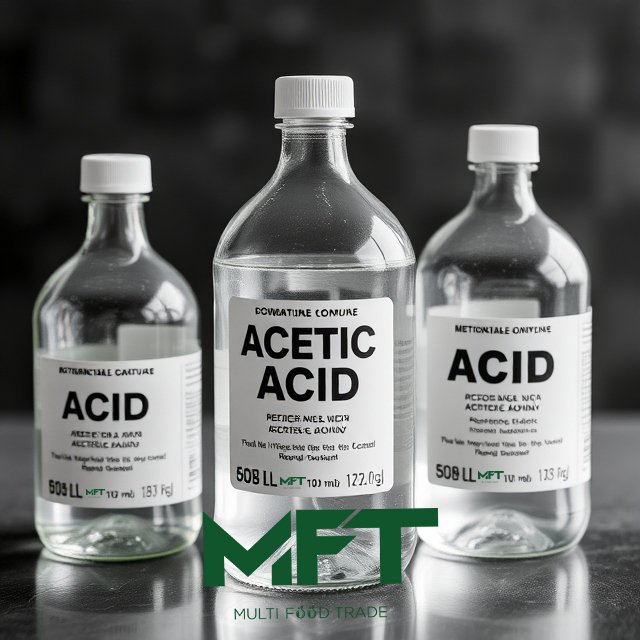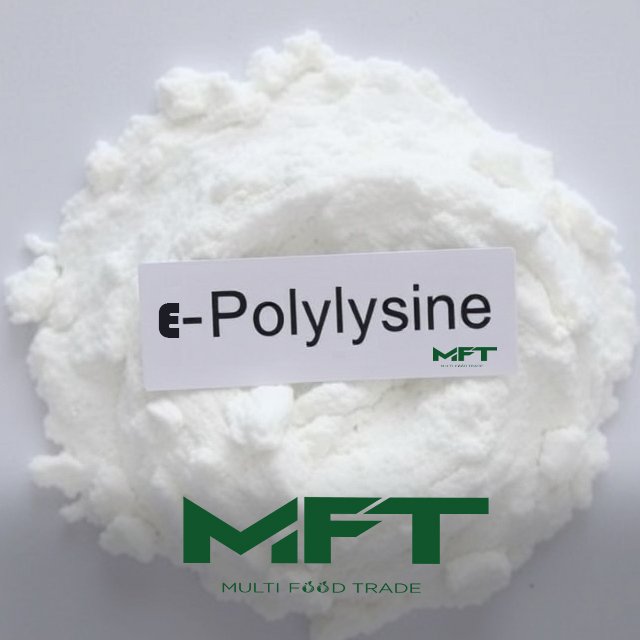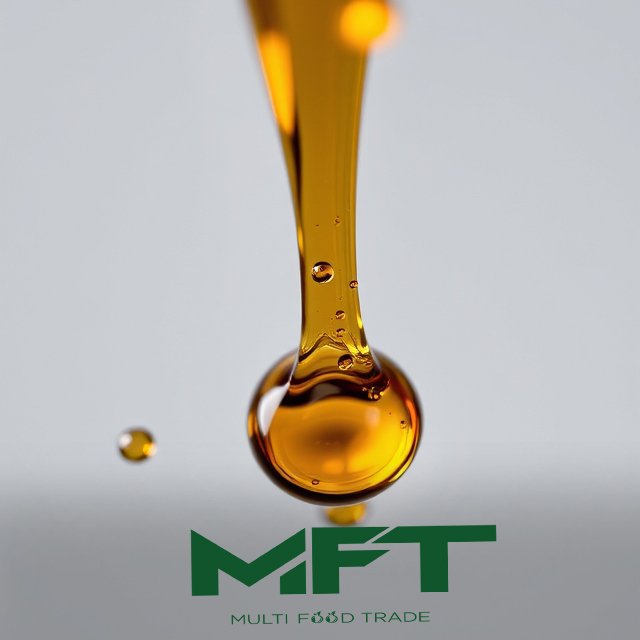1. Preservative:
o Pickling: Acetic acid is a key ingredient in the pickling process, where it helps preserve vegetables, fruits, and other food items. The acid environment prevents the growth of harmful bacteria, extending shelf life.
o Canning: It is also used in the canning of foods such as vegetables, meats, and sauces to prevent spoilage.
• Boiling Point: Acetic acid has a boiling point of 118°C (244°F), making it useful in certain cooking and food processing applications.
2. Flavor Enhancer:
o Vinegar Production: Acetic acid is the primary component in vinegar (which typically contains 4-8% acetic acid). Vinegar is used in a wide variety of foods, including salad dressings, sauces, marinades, and pickled foods, to provide a sharp, tangy flavor.
o Condiments and Sauces: Acetic acid is used in condiments like mustard, ketchup, and various sauces, providing a tangy and sour taste that complements other ingredients.
3. pH Control Agent:
o Acetic acid is used to adjust the pH in foods and beverages. By lowering the pH, it helps to prevent spoilage by inhibiting microbial growth.
o It is also used in the production of carbonated drinks, as it can act as a stabilizer in certain beverage formulations.
4. Baking and Leavening Agent:
o Acetic acid is used in combination with baking soda (sodium bicarbonate) as a leavening agent in baked goods. When mixed with baking soda, acetic acid produces carbon dioxide gas, which causes dough to rise.
5. Antioxidant Activity:
o While acetic acid itself does not act as an antioxidant, vinegar (which contains acetic acid) is believed to have mild antioxidant properties due to the presence of other compounds, such as polyphenols, which can help preserve food.

 .jpg)








.jpg)

